Researchers underway with best steel project for modern railways
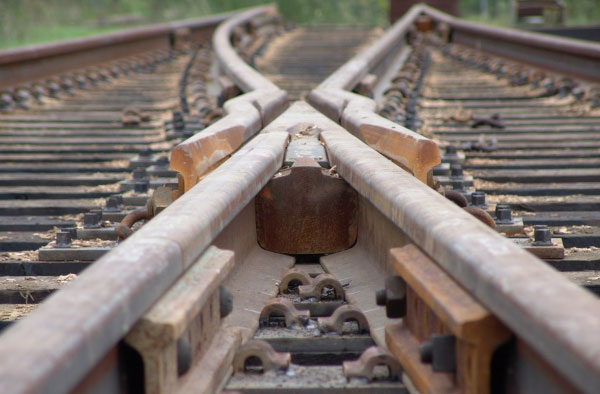
Tue, 21 Apr 2015 13:41:00 BST
Institute of Railway Research leads project into new science around the nature of steel for track and wheel – maintaining both costs and safety
RESEARCH to identify the optimum steel for modern railways – combining the highest safety standards and reduced whole life costs – is being headed by experts at the University of Huddersfield. It is a key element in a new £2 million project backed by major funding bodies.
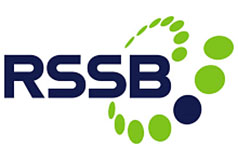 The Rail Safety and Standards Board (RSSB) and the Engineering and Physical Sciences Research Council (EPSRC) have combined to provide funds for three linked programmes of research into new materials that will reduce heavy maintenance and renewal costs for rail tracks.
The Rail Safety and Standards Board (RSSB) and the Engineering and Physical Sciences Research Council (EPSRC) have combined to provide funds for three linked programmes of research into new materials that will reduce heavy maintenance and renewal costs for rail tracks.
The University of Huddersfield is home to the Institute of Railway Research (IRR), which has a multi-national team of experts based in specially-equipped labs. It formed a consortium that was joined by three other universities, including Cambridge, Leeds and Cranfield, in order to bid for a share of the RSSB and EPSRC funding.
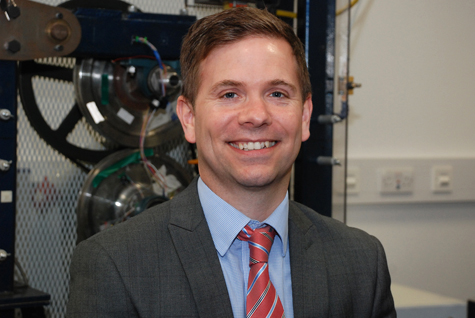 A panel of leading industrial and academic figures appraised the IRR-led consortium’s proposal and then gave the go-ahead to a two-year investigation into developing a fundamental understanding of how different characteristics of steel microstructures respond to rail-wheel contact conditions. This understanding will establish the design rules for the optimum rail steel microstructure that is best at resisting degradation resulting from the contact between wheel and rail.
A panel of leading industrial and academic figures appraised the IRR-led consortium’s proposal and then gave the go-ahead to a two-year investigation into developing a fundamental understanding of how different characteristics of steel microstructures respond to rail-wheel contact conditions. This understanding will establish the design rules for the optimum rail steel microstructure that is best at resisting degradation resulting from the contact between wheel and rail.
The Principal Investigator for the project is Dr Adam Bevan (pictured right) who is the IRR’s Head of Enterprise. Technical leadership will also be provided by Dr Jay Jaiswal (pictured below left), a Visiting Professor at the IRR and a leading metallurgist with a speciality in rail materials. He has held important research posts with British Steel, Corus and Tata Steel.
Reaction of steel to the wheel-rail forces
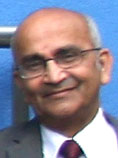
Professor Jaiswal has previously contributed to the development two patented high-performance steels for use in railway tracks that is currently produced by Tata Steel. But he is convinced that further improvements are possible and that they are vital to the economics of the railway. Furthermore, the study will provide the much needed data on economic impact of the increased rail life to facilitate wider and more rapid deployment of more degradation resistant steels.
“The railways are crying out for cost reduction, and considerable improvements have been made to reduce the complex contact stresses, but it is equally necessary to make the rail steel more resistant to the wheel-rail forces to arrive at the lowest life cycle cost for the track,” said Professor Jaiswal.
He explained that when a kilometre of track was renewed, the price of the delivered rail accounted for just 10 per cent of the total renewal cost.
“Therefore, if you could install a rail steel that lasts twice as long as the one that is currently used,” continued Professor Jaiswal, “the potential saving is the remaining 90 per cent of the second installation cost added to the benefits of less disruption to traffic and increased track availability.”
Dr Bevan said that one of the outcomes of the research would be a set of guidelines that would enable engineers to select the most appropriate steel for the type of track and the vehicles that used it.
“The aim is to reduce whole life costs, maximising rail life as well as reducing the overall damage to the track.”
Dr Bevan stressed that there was also an important safety dimension. “We certainly don’t want to design a steel that has a lower cost, but which increases the safety risks, so it is a question of managing these different issues.”
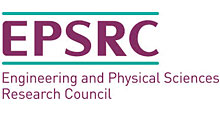 Special new test rig
Special new test rig
The IRR at the University of Huddersfield has considerable expertise in computer modelling, but will complement this with a special new test rig that replicates the actual contact between wheel and track, using samples with existing and new steel microstructures provided by Tata Steel.
Specialist knowledge of vehicle-track interaction will the IRR’s key contribution. Its collaborators are the University of Cambridge – which will contribute metallurgical expertise – plus Leeds University, which will focus on economic issues, and Cranfield University, which will specialise in risk management.
Specialist knowledge of vehicle-track interaction and rail steel metallurgy will be IRR’s key contributions. Its collaborators are: the University of Cambridge, which will contribute metallurgical expertise that brings in knowledge of similar long-term research into bearing steels that experience equally harsh contact conditions; Leeds University, which will focus on life cycle and economic issues; and Cranfield University, which will specialise in reliability and risk management.
Dr Bevan will convene regular steering group meetings throughout the two years of the project, culminating in a final report and a process of disseminating research results to the rail industry.







